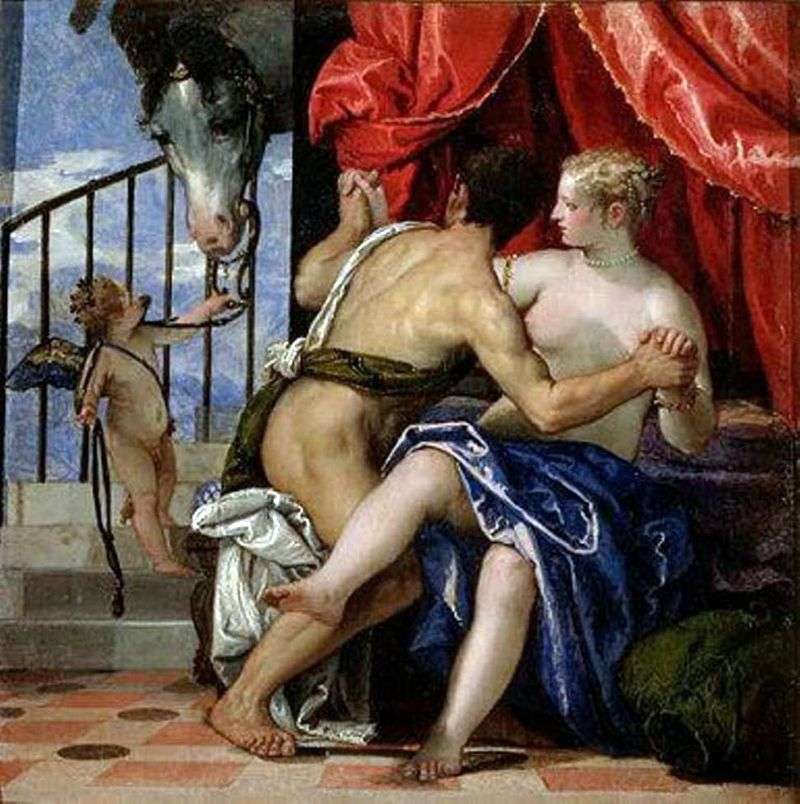
At the end of the XVI century, at the courts of European monarchs, cloths of a secular nature began to be in great demand.
While Veronese did not become an ardent Catholic and spokesman for the official doctrine of the church, he managed to write many such paintings. A striking example of this is the cycle of works that belonged to Rudolf II. The most famous of this cycle are two canvases – “Venus and Mars, bound by Cupid” and “Hercules at the Crossroads”.
The main actor of the latter is Hercules, personifying strength and courage. The hero must make a choice between the path of vice and the path of virtue. Vice and virtue are represented, as usual, in the form of female figures. The outcome of the moral struggle in this case seems to be predetermined – Hercules is saved from the Vicious in the arms of Virtue.
In addition to paintings “allegorically-edifying” properties, in the heritage of Veronese, you can find works dedicated to “earthly joys,” the main character of which, as a rule, is Venus, the goddess of love and beauty. Such, for example, canvas “Venus and Mars with Cupid and a horse.”
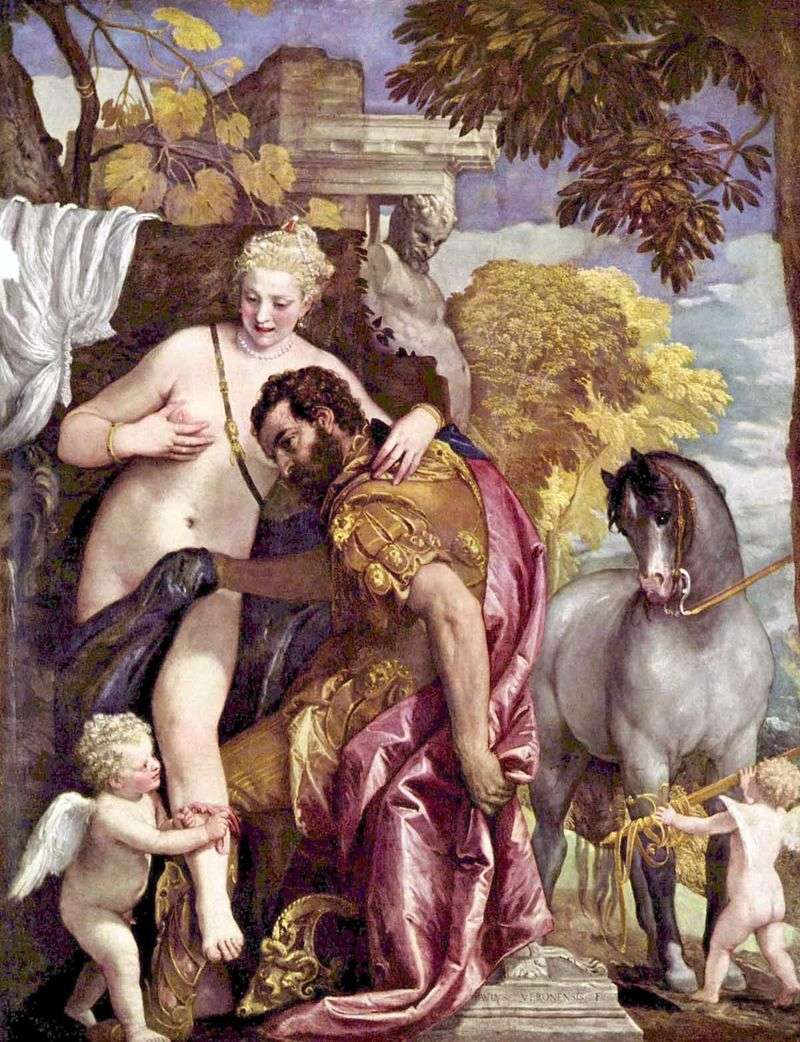 Venus and Mars connected by Cupid by Paolo Veronese
Venus and Mars connected by Cupid by Paolo Veronese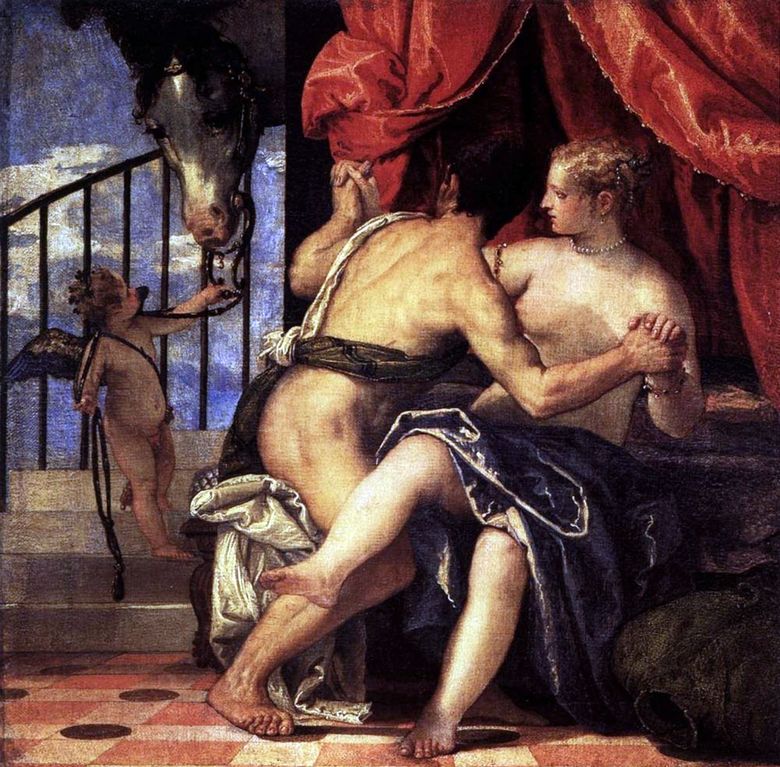 Vénus et Mars avec Cupidon et cheval – Paolo Veronese
Vénus et Mars avec Cupidon et cheval – Paolo Veronese Mars, Venus and Cupid by Bartholomeus Spranger
Mars, Venus and Cupid by Bartholomeus Spranger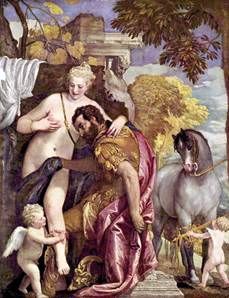 Vénus et Mars connectés par Cupidon – Paolo Veronese
Vénus et Mars connectés par Cupidon – Paolo Veronese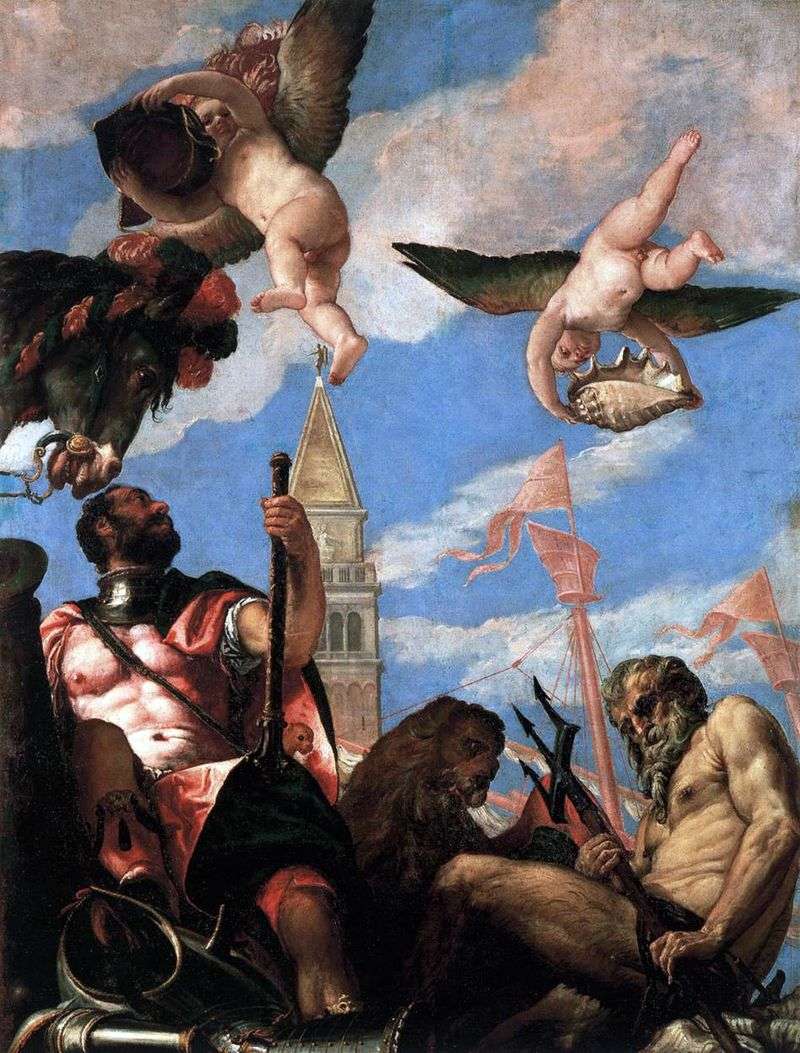 Mars and Neptune by Paolo Veronese
Mars and Neptune by Paolo Veronese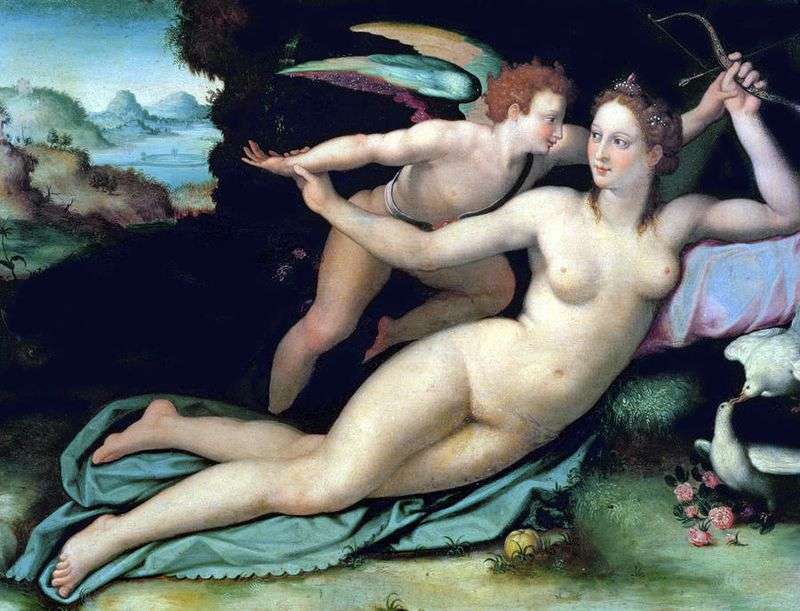 Venus and Cupid by Alessandro Allori
Venus and Cupid by Alessandro Allori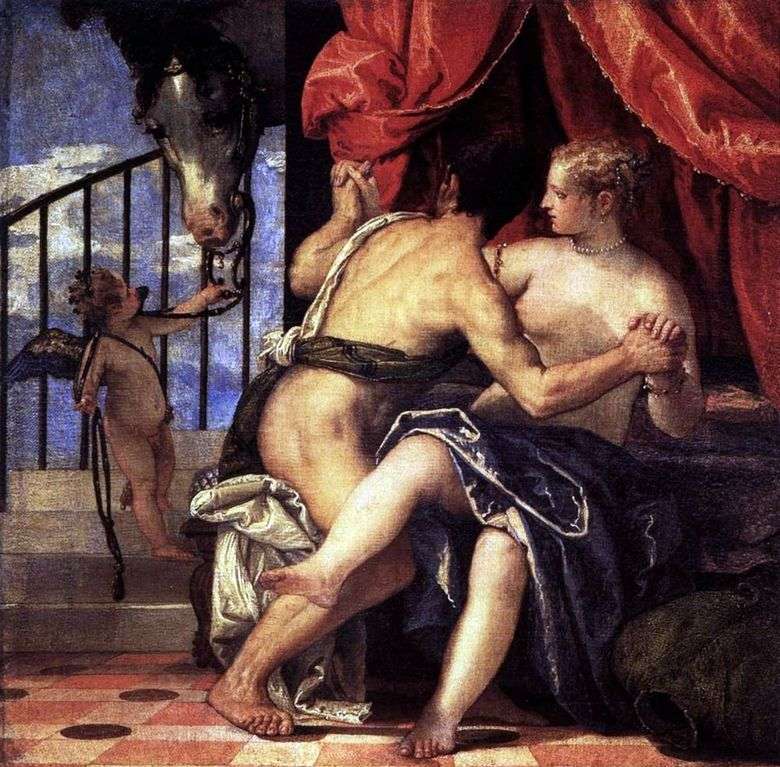 Venus y Marte con Cupido y el caballo – Paolo Veronese
Venus y Marte con Cupido y el caballo – Paolo Veronese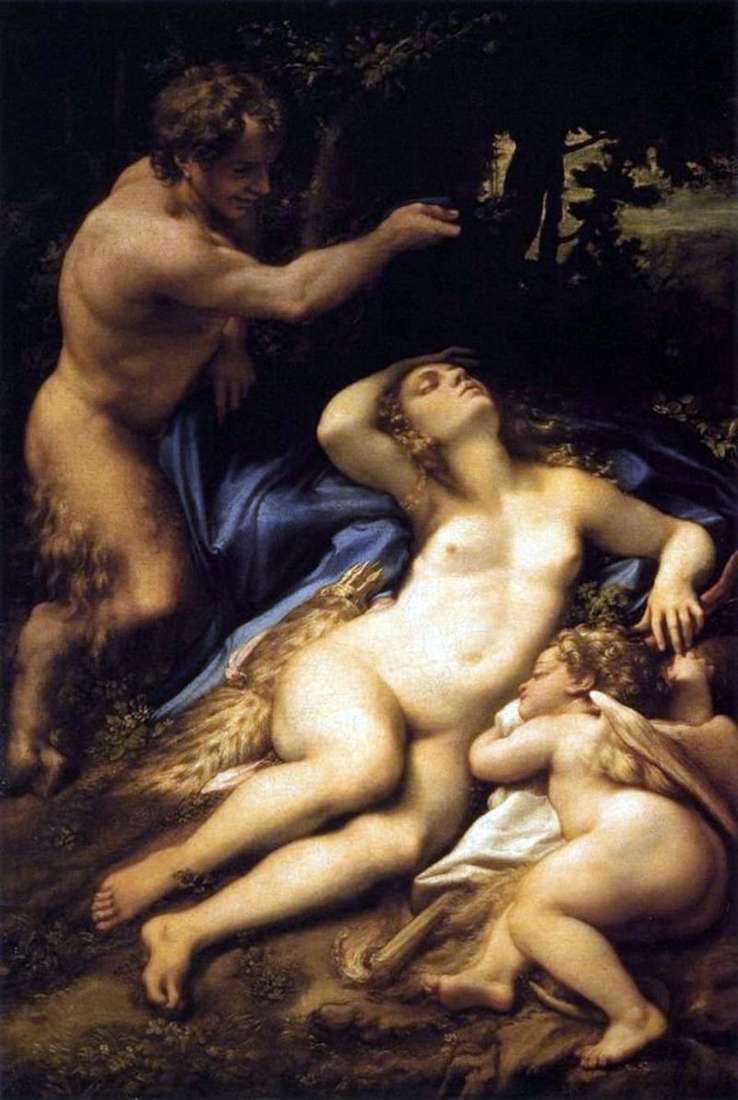 Venus and Cupid, followed by a spy satire by Correggio (Antonio Allegri)
Venus and Cupid, followed by a spy satire by Correggio (Antonio Allegri)